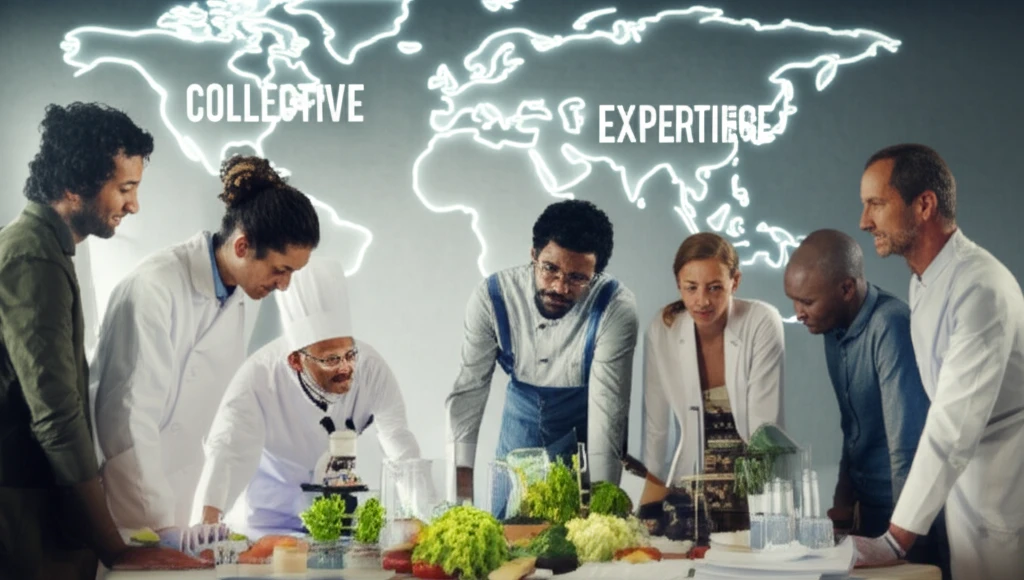
Can We Eat Safely? How Collective Expertise is Battling Food Hazards in Low- and Middle-Income Countries
"From Farm to Fork: Unpacking the Complexities of Food Safety and Exploring Innovative Solutions to Protect Global Health"
In a world grappling with food insecurity and an ever-growing global population, the conversation around safe and nutritious food is more critical than ever. While the availability of food is essential, ensuring its safety from farm to fork presents a complex challenge, particularly in low- and middle-income countries. Foodborne illnesses, stemming from microbial, chemical, and physical hazards, pose a significant threat, impacting public health and economic stability.
The World Health Organization (WHO) estimates that foodborne diseases cause hundreds of millions of illnesses and hundreds of thousands of deaths each year, disproportionately affecting vulnerable populations. From contaminated water to the spread of toxins, the risks are multifaceted and require comprehensive strategies to address. This is where 'Collective Expertise' comes into play—a collaborative methodology that harnesses local knowledge and resources to tackle these intricate issues.
This article delves into the critical need for food safety, examines the specific challenges faced in low- and middle-income countries, and explores how 'Collective Expertise' is emerging as a powerful tool for identifying and mitigating food hazards. We'll also examine the concrete steps being taken to protect communities and foster a healthier, more secure food supply for all.
The Rising Tide of Food Hazards: A Global Overview

The landscape of food safety is vast and complex, encompassing a wide array of threats. Food hazards can be broadly categorized into microbiological, chemical, and physical contaminants. The microbiological category includes bacteria (like Salmonella and E. coli), viruses, parasites, and fungi that can cause illness. Chemical hazards involve toxins, pesticides, and other substances that may contaminate food during production or processing. Physical hazards include foreign objects like glass, metal, or plastic.
- Microbiological Hazards: Bacteria, viruses, parasites, and fungi that can cause illness.
- Chemical Hazards: Toxins, pesticides, and other substances that contaminate food.
- Physical Hazards: Foreign objects like glass, metal, or plastic.
Toward a Safer Food Future: The Promise of Collective Expertise
In conclusion, the fight against foodborne illnesses is a global challenge requiring collaborative, innovative solutions. Collective Expertise offers a viable and cost-effective approach, leveraging existing knowledge and resources within local communities to protect public health and build a more secure food supply. By supporting initiatives like Collective Expertise, we can work towards a future where safe, nutritious food is a right, not a privilege, for everyone, everywhere.
